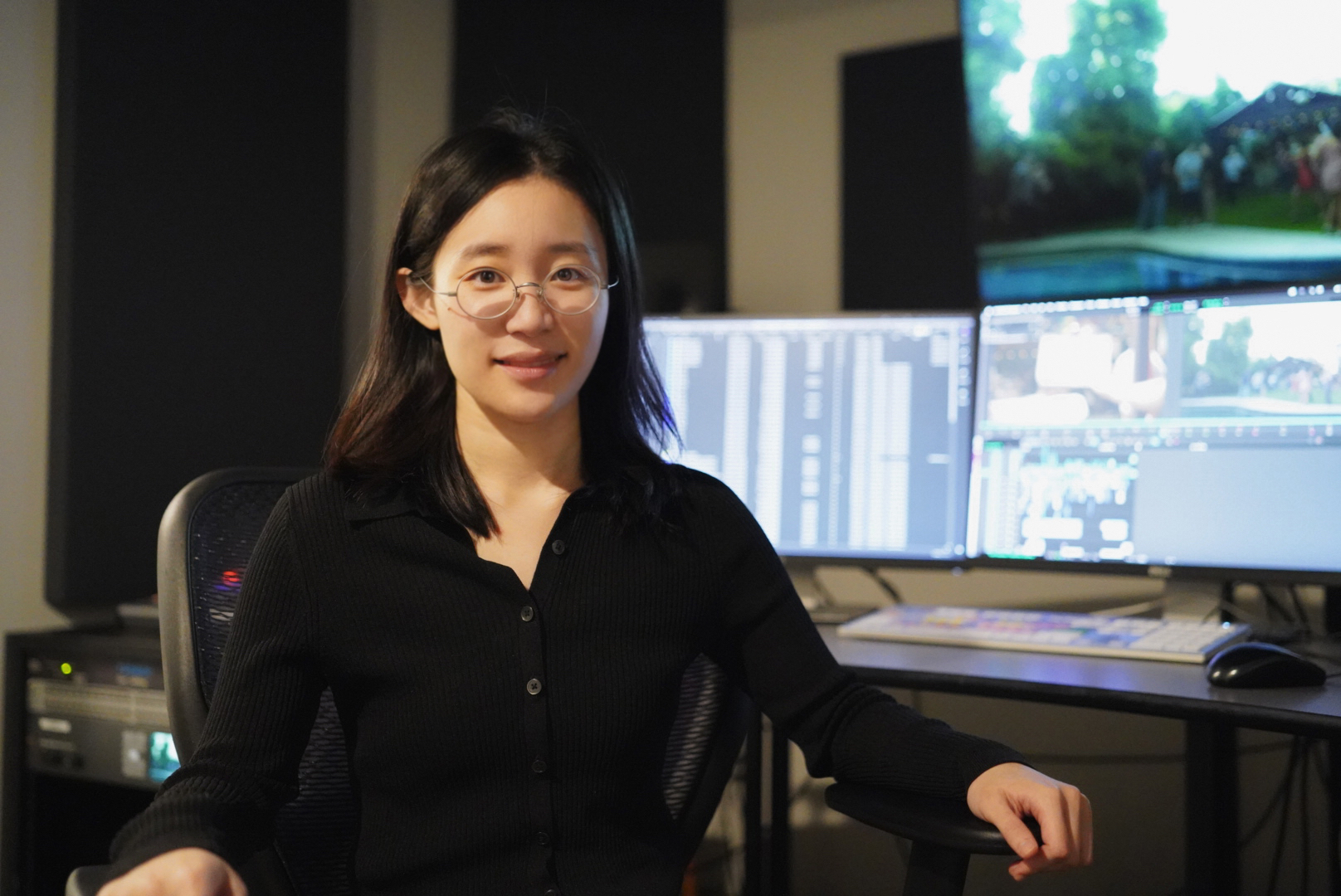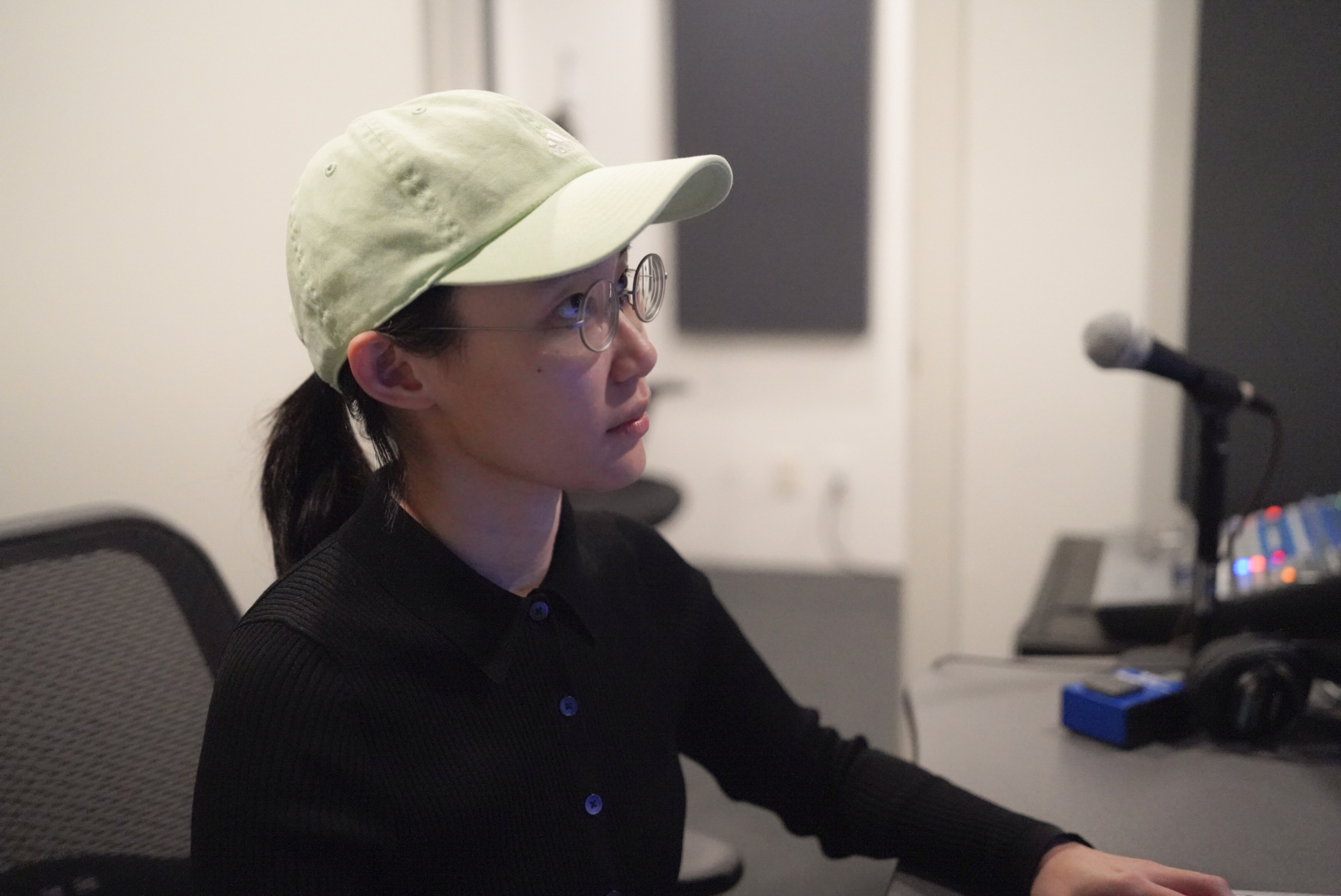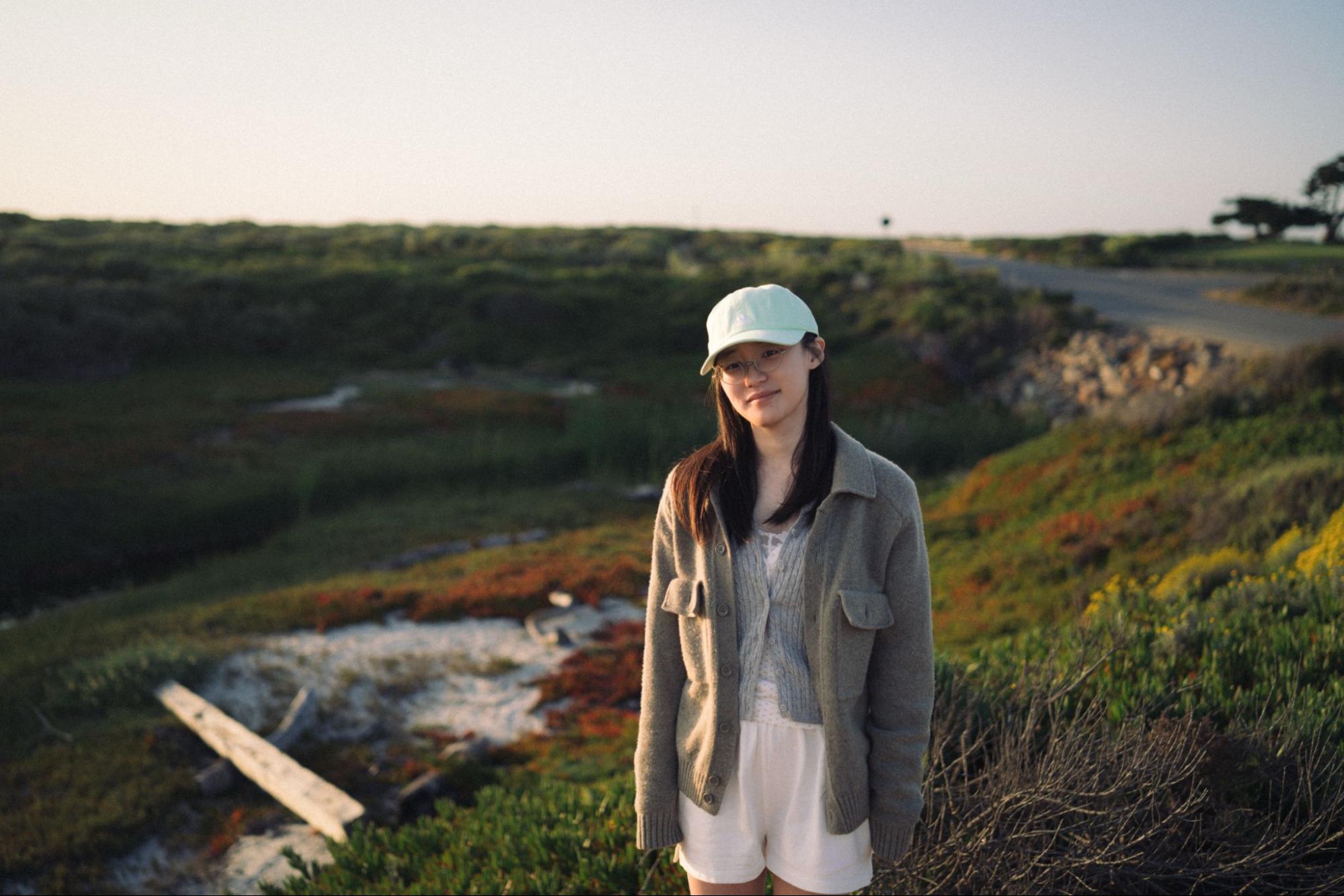November 3, 2025 – Every second of film holds a thousand choices: what to show, what to leave out, and when to let a moment breathe. For film editor Xueer Cai, each decision shapes a story’s feeling.
Her workspace glows with light from multiple screens. One monitor plays a paused frame, the other shows the editing timeline that maps every cut and transition. She studies faces, silence, and rhythm until everything falls into place. In that space, she works between two worlds: emotion and technology.
Cai’s career has grown from that balance. She has edited campaigns for Apple and BMW, short films screened across the United States, and vertical dramas that have reached tens of millions of viewers. Across every format, her approach remains the same: thoughtful, focused, and deeply connected to the emotional flow of each story.
As filmmaking becomes increasingly digital, Cai’s work reflects a careful understanding of how creativity adapts to new tools. Her process shows that progress and sensitivity can coexist, and that even in a data-driven world, storytelling can still feel human.
A Journalist’s Eye for Detail
Before editing, Cai studied Journalism and Communication at the Chinese University of Hong Kong. She learned to notice the details that reveal character: a pause, a gesture, or an unspoken thought.
“Journalism taught me to look for the moment between words,” she says. “Editing does the same thing. It’s about reading people.”
After graduating, she worked as a creative director at a Hong Kong fashion magazine. There, she began shaping emotion through imagery. The rhythm of color, light, and framing prepared her for the world of post-production.
She later moved into commercial editing, creating work for Apple, BMW, Nike Women, SK-II, ByteDance, and Tencent News. The projects demanded precision, but Cai also brought a strong sense of mood and pacing.
During her spare time, she created independent documentaries such as We Are All the Same and Zhu Gang. The latter, a portrait of a Chinese opera painter, was featured in nearly 500 publications worldwide. Its calm, personal tone revealed Cai’s ability to find meaning in quiet, human moments.
From Commercials to Cinema
In 2022, Cai moved to Los Angeles to study Film Editing at the American Film Institute Conservatory. Immersed in narrative film, she began shaping stories that required both patience and intuition.
Her short film Francis won the DGA Student Film Award – Jury Prize (2024) and received a Camerimage nomination (2025). Another film, Pluto, a sci-fi short, screened at the Boston Sci-Fi Film Festival and the Rhode Island International Film Festival.
Cai views editing as a form of listening. “It’s about knowing when a scene should breathe and when it should move,” she says. “The rhythm has to feel true.”
She often starts by watching scenes in silence, studying gestures and expressions before adding sound or music. This method helps her find the emotional thread that ties everything together.
Technology as a Creative Partner
Before film school, Cai studied science and took part in physics competitions. That background gave her a structured way of thinking that now supports her creativity.
With AI-assisted tools becoming common, she uses technology to improve efficiency without losing focus on storytelling. “AI can handle repetitive tasks,” she says. “That allows me to spend more time on choices that depend on feeling.”
She uses digital tools to explore ideas but keeps authenticity in mind. “Software can make a cut smoother,” she explains. “But it can’t sense when something feels sincere.”
Her approach combines logic with instinct. This balance allows her to move easily between commercial work, narrative film, and digital media while maintaining her creative identity.
Shaping Stories for the Small Screen
Cai began collaborating on vertical short dramas through production teams she had previously worked with on commercial projects. The format demanded efficiency in turnaround, precise interpretation of the script, and a focus on preserving emotional impact within limited screen time.
Her series Falling in Love with the Rascal in a Suit reached 57 million views, Daddy Mommy Don’t Divorce reached 31.7 million, and The Last Spark of Us reached 15 million. Working on vertical short dramas taught Cai that the key to keeping audiences engaged is clarity and immersion.
“The fundamental reason that keeps viewers clicking on the next episode,” she explains, “is that they clearly understand what’s happening in the story and are fully immersed in it.”
The production schedules were demanding. “There’s rarely time for long revisions,” Cai says. “You make creative decisions quickly and trust your instincts.”
She developed a workflow that combined editing, sound, and color into one streamlined process. This helped her deliver complete, consistent episodes within tight timelines.
Over time, she was invited to work as a post supervisor, guiding other teams and ensuring technical quality across multiple productions. “That experience allowed me to connect with post-production teams that were still new to the field,” she says. “I enjoyed helping them find solutions and build confidence as they developed their own workflows.”
Editing with Empathy
Even with her technical expertise, Cai’s focus remains on people. Her background in journalism and psychology helps her understand the emotional layers of a scene.
“I watch what a character doesn’t say,” she explains. “A pause or a glance can hold everything.”
Her editing style is calm and deliberate. Scenes unfold naturally, giving the viewer space to connect.
In an industry that often values speed over subtlety, Cai’s work stands apart. Each project reflects care and presence, making her storytelling both precise and human.
Finding the Human Pulse in the Digital Age
At the start of her career, Cai often measured success by numbers, through views, shares, and reach. Over time, her perspective shifted.
“When I look back at those early projects, I still like them,” she says. “I have forgotten the numbers. What matters is whether the work still feels right.”
That focus on honesty now shapes how she approaches every project. Across her work in film, advertising, and digital media, Cai continues to explore how creativity and technology can coexist. Her studio may be filled with machines, but her process remains centered on human connection.
Editing, for her, is an act of attention. It is how she shapes emotion, image, and sound into something that lasts. “I want to make work that still feels real years later,” she says. “Even if no one remembers how many people watched it.”
Cai’s approach reminds us that storytelling begins with human feeling, no matter how advanced the tools become. To learn more about her work and ongoing projects, visit her website findxueer.com.




